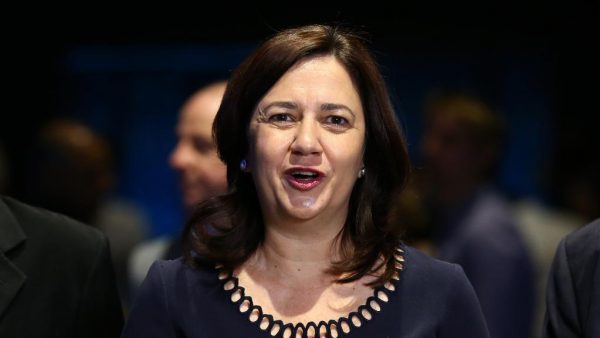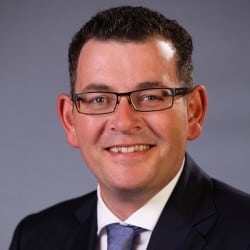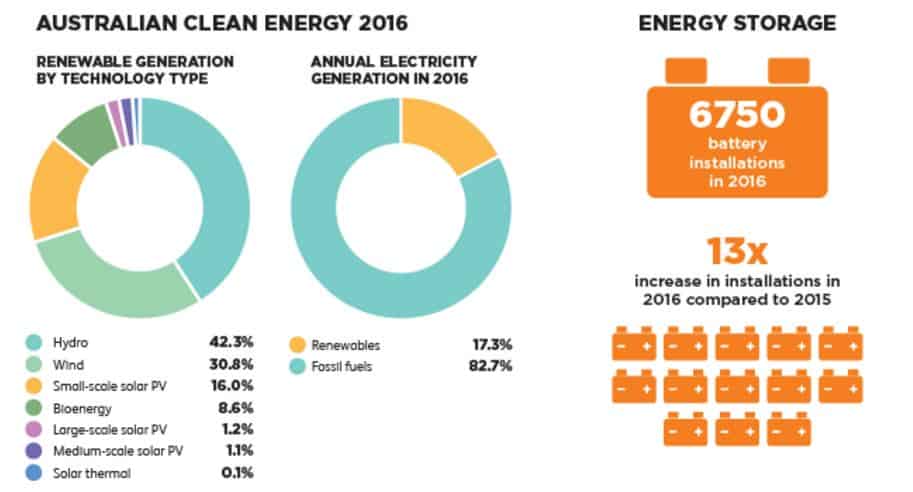Premier Annastacia Palaszczuk and her incumbent Labor party have fired the first renewable energy salvo ahead of the looming Queensland state election on the 25th, promising $150m to support new large-scale renewable generation and solar power in schools as part of their Powering Queensland’s Future plan.
Powering Queensland’s Future
Premier Palazczuk announced the Powering Queensland’s Future Plan on Sunday while she was touring the Clare Solar Farm project in Ayr (in the Burdekin electorate which is currently held by the LNP). It includes $97 million for solar schools, a huge $50 million down payment for a new solar thermal power plant, $3.6 million to decarbonise remote communities, and a $1 million study for renewable solutions for the Daintree.

Under the plan, the Government will establish a new company called CleanCo which will be mandated to deliver 1000MW of renewable energy in Queensland – with a special focus on flexible and dispatchable renewable energy (e.g. portable solar power).
According to the Brisbane Times the funds would support a pipeline of $20 billion in proposed investment and it’ll create up to 15,000 full-time jobs, situated mostly in regional Queensland where unemployment is higher than in the cities.
“We are committed to our transition to at least 50 percent renewable energy in Queensland by 2030,” Premier Annastacia Palaszczuk said.
“Our Powering Queensland’s Future Plan (delivers) delivering more of the cheapest form of new generation – renewables sooner to complement our young and efficient fleet of coal and gas-fired generation.”
This is in stark contrast to the LNP’s plan to scrap the RET (Renewable Energy Target) if they are elected, believing that it’s time for the free market to decide on renewables vs. fossil fuels via their ‘Cheaper Energy Policy’. According to Labor’s policy, “Funding was cut (under LNP) for the Solar Dawn project, which would have delivered Queensland’s first solar thermal plant near Chinchilla, along with investment and job and training opportunities in regional Queensland,” calling the Newman-Nicholls government “complete renewable energy blackout”.
Opposition Leader Tim Nicholls called the policy “more subsidies for more renewables that are going to cost jobs in regional Queensland”, and noted that they think baseload power is more reliable.



